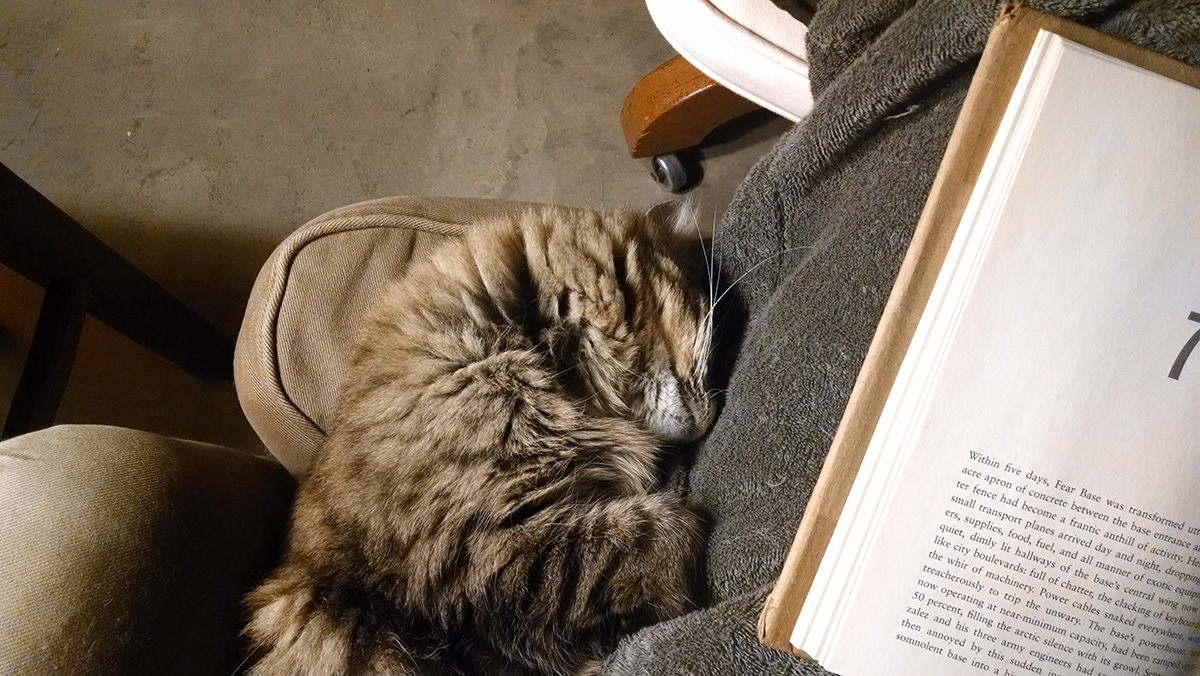The standing wave

“And you have to listen to the heart of your loved ones, whether it’s your child or your spouse or your parents. What love is to them, that’s what it is.” – Lisa Godbold on “This American Life”, Show #521 (03.28.14)
I’m embarrassed to admit that until I heard Godbold speak those words this morning, my concept of human love was monolithic. It assumed a norm, one represented by me of course, and everything else was deviation. Had you asked me, I’d have said different strokes for different folks, but had you pressed me, I’d have said other things, things about health and sickness, tenable and untenable.
In his novel Kiln People, science fiction author David Brin’s invented term for “soul” is “standing wave,” its “hyperfractal complexity beyond all digital modeling.” Absolutely unique, that is, and too complicated to counterfeit. According to Brin’s protagonist, scientists have discovered that even color isn’t perceived by any two people in the same way. What looks red to you might look blue to me, even if we agree to call it green. Smells, too.
So the book was on my mind as I streamed Show #521.
A headline that I’d clicked earlier in the week was on my mind, too: “Your cat does not love you.” The article it pointed to was an interview with University of Lincoln (UK) research professor Daniel Mills about an experiment he’d performed with cats and dogs. Based on another experiment, now famous, devised in the 1970s to study the attachment between parent and child, Mills’ work determined that the cat-human bond, unlike the dog-human bond, “is not what would be described as a secure attachment style relationship.” (A nicely produced four-minute video explaining the study is here.)
The conclusion drawn by most articles I’ve read about the experiment – that dogs love people and cats don’t – makes me smile. True enough, cats don’t cling the way dogs do, which is good because it would hurt like hell if they did, and they do seem to have much more satisfying interior lives, hence their reputation for indifference, but the assumption that human love is the gold standard by which all other forms of love should be judged hasn’t sounded right to me for a very long time. Human anything, really. We’ll save that discussion for another day.
And by now you’re probably thinking that this blog post is about cats, and people loving cats, and cats loving people.
Which I guess it kind of is.
But it also isn’t.
In fact, despite appearances, it’s mainly about the late-life epiphany that for most of my days I’ve been doing something fundamentally important fundamentally wrong.